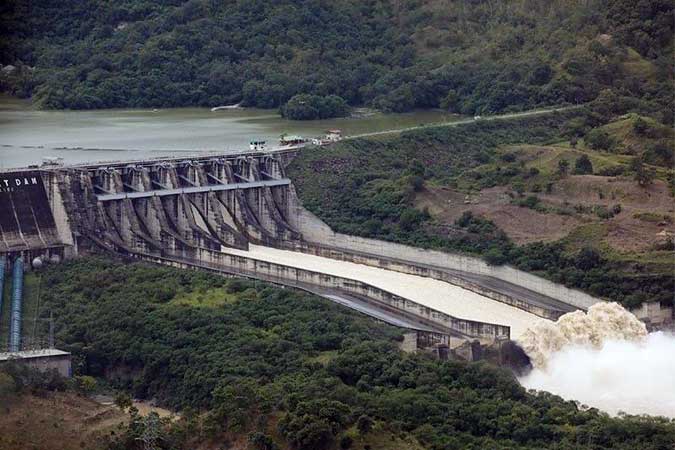Cloud seeding planned for Magat Dam, Bohol province

THE Department of Agriculture’s Bureau of Soils and Water Management (BSWM) said it is preparing to conduct cloud seeding around Magat Dam in northern Luzon to counteract the effects of El Niño.
In a virtual briefing on Wednesday, Ernesto B. Brampio, chief of the BSWM’s Water Resources Management Division, said that the Magat River Integrated Irrigation System (MRIIS) requested the cloud seeding even before the onset of El Niño.
“Magat still has water but it’s declining. So, they are thinking that if they do not move early, (the water level) could become critical,” he said.
The Magat Dam is on the Magat River, a tributary of the Cagayan River, along the border of Ifugao and Isabela provinces. Its hydroelectric plant rated at 360 megawatts (MW).
As of Wednesday morning, the water level at Magat Dam was 162.89 meters, down from 163.60 meters a day earlier. It needs at least 160 meters to operate.
Bohol province has also requested cloud seeding to raise water levels at the province’s dams.
The MRIIS and Bohol province are providing P9 million and P2.5 million, respectively, to support cloud seeding.
Mr. Brampio said cloud seeding costs about P50,000 per hour, and has an 80% success rate.
Mr. Brampio said that the agency is working with local government units and regional offices to seek out more funding. It was allocated P18.5 million for cloud seeding for next year.
Mr. Brampio said his bureau has yet to receive a request to seed clouds in the Angat Dam area, which has below minimum operating level of water.
Angat’s water level was 178.21 meters on Wednesday, lower than the 178.80 meters a day earlier.
“Maybe we will send a team to evaluate the area to see if there are scenarios (that allow us) to forego cloud seeding,” he said.
National Water Resources Board Executive Director Sevillo D. David, Jr. said that after discussions with the government weather service, known as PAGASA (Philippine Atmospheric, Geophysical and Astronomical Services Administration), further action will be taken after assessing the strength of the rainy season.
“With the habagat (southwest monsoon) and the thunderstorms we are experiencing, it’s better observe and wait on this rainy season,” he said by text. — Sheldeen Joy Talavera



